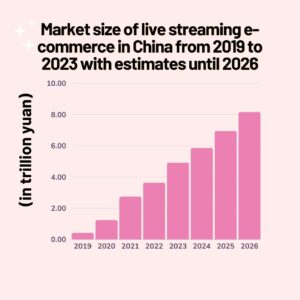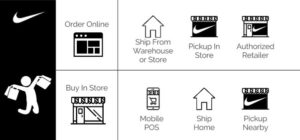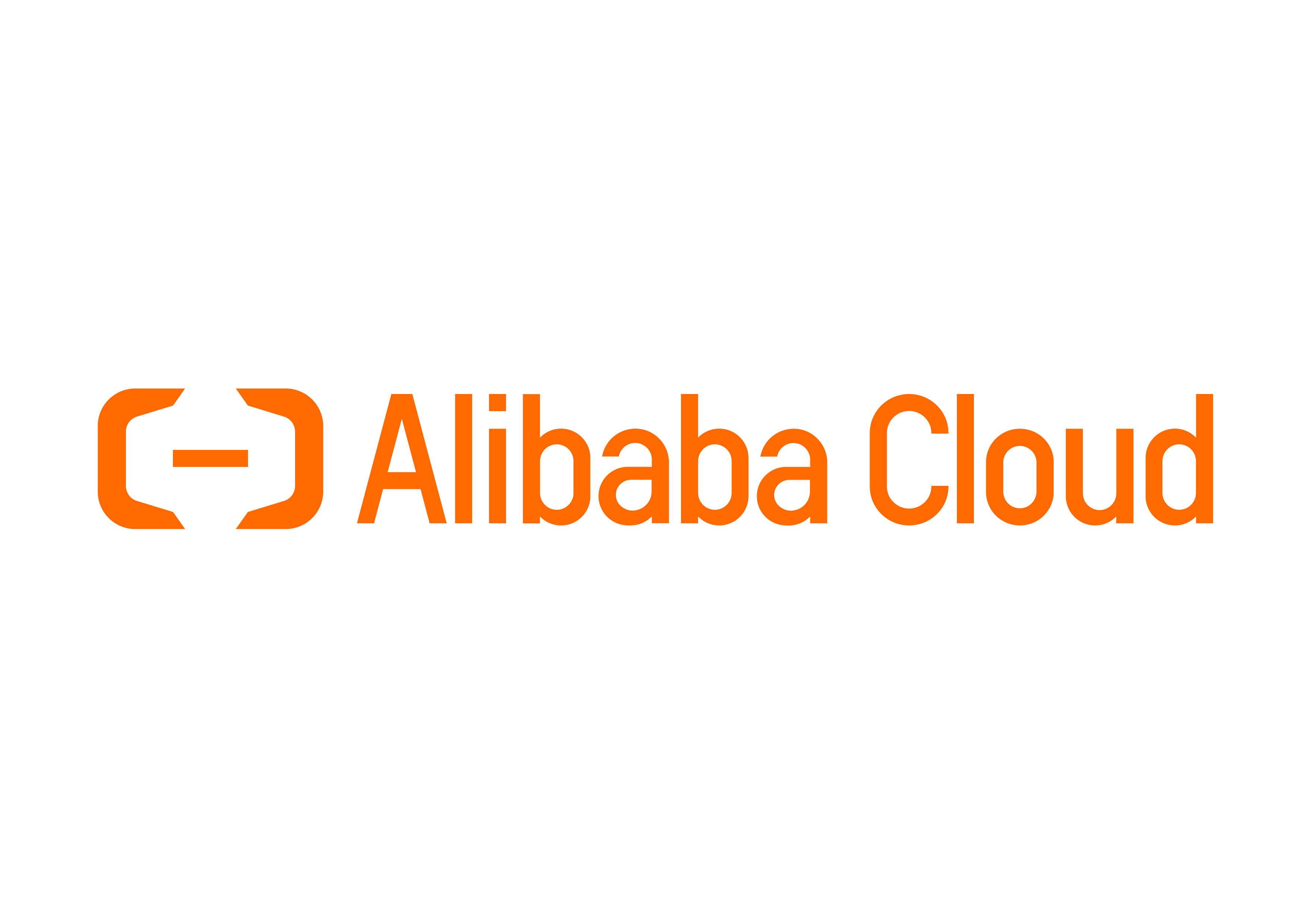In the bustling realm of online shopping, where giants like Amazon have long held their throne, the arrival of new contenders often stirs curiosity and speculation. Temu, a U.S.-based online marketplace launched in September 2022, has swiftly entered the spotlight, drawing comparisons to established e-commerce behemoths and budget-friendly platforms alike. As Temu rides the tide of “haul culture” and flaunts its catchy slogan “Shop like a billionaire,” it’s gradually sculpting its niche. But how does it stack up against the likes of Amazon, Shein, or even Wish.com? Does it blend the variety of Amazon with Shein’s price allure, or does it tread a unique path? Let’s delve in and explore.
Are Temu and Shein The Same, A Synthesis Of Amazon + Shein, Or A New Proposition?
Are Temu and Shein the same? At first glance, Temu’s platform showcases a myriad of products that echo the vast assortment one would find on Amazon. Yet, its pricing strategy resonates more with Shein’s budget-friendly allure. Unlike Amazon, which has diversified its revenue streams beyond retail, Temu’s focus remains on disrupting the traditional retail model by establishing a direct conduit between Chinese manufacturers and U.S. consumers. This model, while promising lower prices, presents a trade-off—extended delivery times owing to international shipping.
However, it’s not all smooth sailing for Temu. Concerns regarding product quality, data privacy, and the inconsistency in offerings somewhat tarnish the shiny facade it projects through aggressive marketing and social media buzz. While it has become the most downloaded app in the U.S., the user experience is tinged with risks, from a potentially restrictive return policy to the gamble on product quality. These factors distance Temu from the reliability and trust that platforms like Amazon have built over the years.
Temu Vs Wish.com: A Low-Cost Duel
When dissecting the low-cost spectrum of e-commerce, Temu and Wish.com emerge as noteworthy contenders. Both platforms, primarily acting as conduits for Chinese vendors, entice shoppers with rock-bottom prices. Yet, their operational frameworks depict contrasting narratives.
Wish.com, with its San Francisco roots and a simpler, more minimalistic design, aligns closer to the familiar user interfaces of Amazon and eBay. Its pricing model, however, diverges as it bills shipping separately, unlike Temu, which encapsulates shipping costs within the item price. The return policies also tilt in favor of Temu, offering a more generous 90-day return window compared to Wish.com’s 30-day policy.
On the other hand, Temu’s website design, vibrant and bustling, mirrors traditional Chinese e-commerce platforms. This cultural infusion, coupled with a truly free shipping model, carves a unique identity for Temu in the low-cost e-commerce space. Yet, the longer delivery times, stemming from its direct shipping model from China, might deter impatient shoppers, marking a notable disadvantage against Wish.com.
The Verdict: An Emerging Contender or A Passing Trend?
Temu’s entrance into the e-commerce arena is undeniably bold and disruptive. By offering a middle ground between the vast variety akin to Amazon and the low prices reminiscent of Shein and Wish.com, it caters to a segment of adventurous shoppers willing to trade off delivery time for cost savings. However, the road to establishing itself as a reliable shopping destination is fraught with hurdles. Addressing concerns around product quality, data privacy, and user experience will be pivotal for Temu to transition from a trendy platform to a trusted retail alternative.
Are Temu and Shein the same?, Not exactly. The juxtaposition of Temu with established and emerging e-commerce platforms unveils a narrative of innovation intertwined with challenges. As Temu navigates through these waters, its journey will not only shape its own destiny but potentially influence the broader e-commerce landscape. Will it prompt giants like Amazon to rethink their pricing strategies? Or will it push platforms like Shein and Wish.com to elevate their user experience? Only time will tell.























